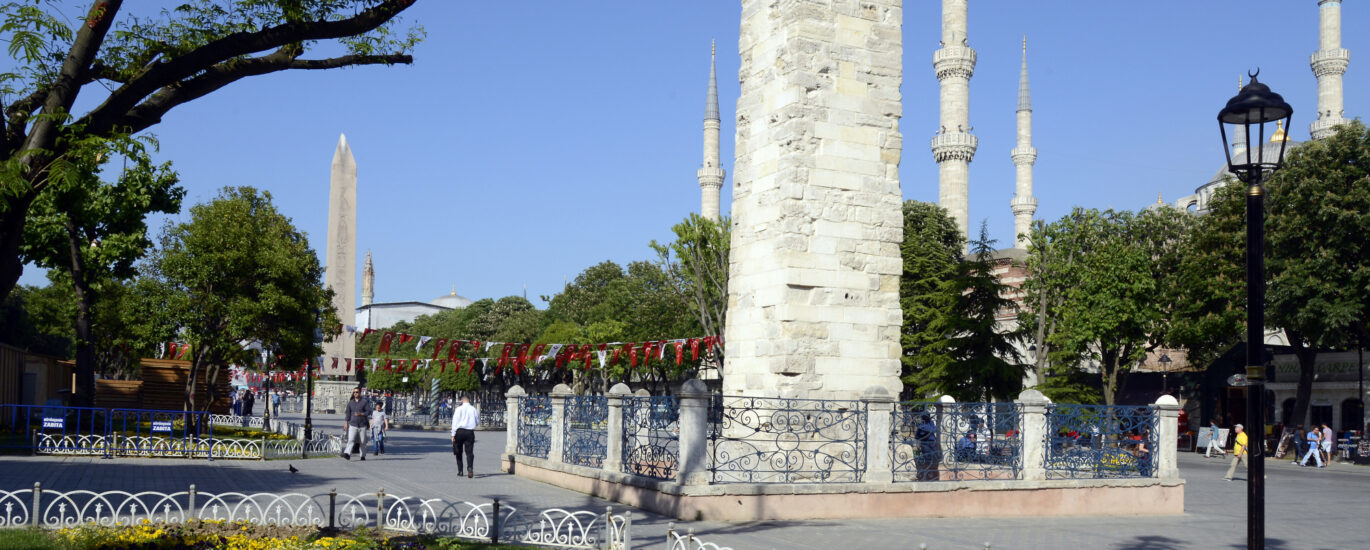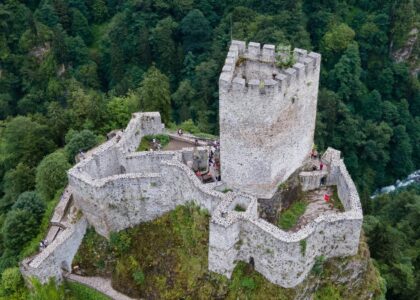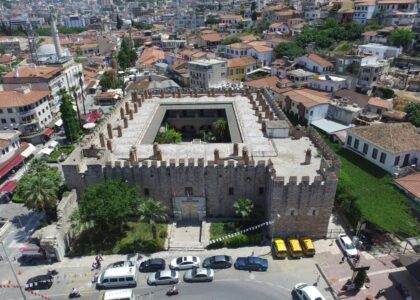The Hippodrome of Constantinople, now known as Sultanahmet Square in modern Istanbul, was the vibrant sporting, social, and ceremonial heart of the Byzantine Empire’s capital. Its origins trace back to Roman Emperor Septimius Severus in 203 CE, but it was vastly expanded by Constantine the Great around 330 CE when he dedicated the city as the new capital.
The structure was a massive, U-shaped arena designed primarily for thrilling chariot races, a hugely popular and sometimes violent form of entertainment, with a capacity for up to 100,000 spectators. The political factions—notably the Blues and the Greens—wielded great influence, and the races often became a stage for political demonstrations, culminating in events like the devastating Nika Riots of 532 CE.
The spina, the central barrier dividing the racetrack, was heavily decorated with monumental trophies brought from across the empire to symbolize Byzantine power. While most statues were looted during the Fourth Crusade in 1204, a few key monuments remain: the Obelisk of Theodosius (an ancient Egyptian obelisk), the Serpent Column (from Delphi), and the Walled Obelisk.
Although the Ottomans called the area At Meydanı (Horse Square) and used it occasionally for ceremonies, the venue ultimately fell into disuse and ruin, leaving only its monumental relics standing today.






